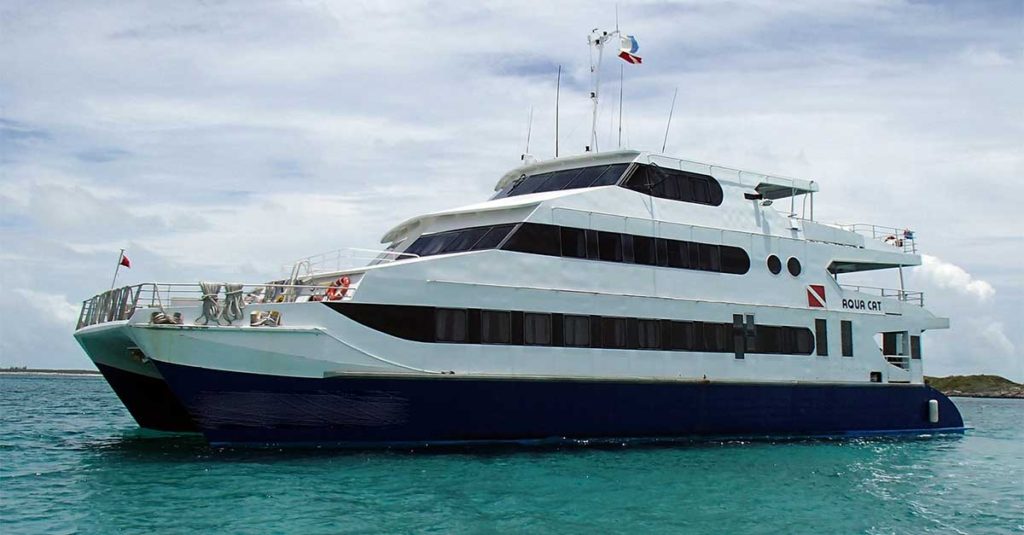Odds are, you either own a full-size gear bag for your dive equipment or have at least seriously considered purchasing one. These bags typically have a number of features that make them ideal for dive travel, including:
- Separate compartments for odd-size equipment, such as fins.
- Padded compartments for more fragile items such as masks, gauges and regulators.
- An ample central compartment for BCs, wetsuits and similar items.
- Collapsible handles and wheels that make it easy to roll your bag through airports and hotels.
In short, these bags are ideally suited to transport, protect and even store a complete set of dive gear. They will make it easy to take your gear every place you need to go…except on the boat.
So, what’s up with that?
The chief limitation of large dive gear bags is that they are simply too big for the decks on most dive boats. Dive boats typically have limited deck space. You are allotted space on a bench seat no wider than the width of two tanks. Underneath the seat will be a space for gear that is also no wider than the width of two tanks, and no deeper than the seat itself. This is not big enough to accommodate the typical large dive gear bag.
On a liveaboard dive boat, you may be able to stow your large gear bag in your cabin or in a separate storage area. But you most likely won’t be able to dive out of it. So, what are you supposed to do?
The answer is that you have a second, separate gear bag, made from lightweight mesh. Available in backpack and duffle styles, these occupy little space when empty, and can be folded and stored in your large gear bag for travel.
When you arrive at your destination, transfer just that equipment which needs to be on deck with you to the mesh bag and take it to the boat or out on deck. Your large gear bag will remain in your dive vehicle, hotel room or wherever the liveaboard crew suggests.
Once on deck, you will set up your BC and regulator on a cylinder, then tuck what remains in your gear bag under the seat. You will generally find that it now easily fits in the limited space available.
A further benefit of diving from a mesh bag when not on a liveaboard is that, when the boat docks, you may be able to dip the entire bag in the rinse bucket before heading back to your room. Although this is no substitute for doing a complete, thorough rinse, it may tide you over until you get to where you can perform more complete post-dive gear maintenance.
Sooner or later you are going to find yourself on a dive boat where there is that one guy who insists on bringing his oversize gear bag on board or on deck. You’ll see that this not only inconveniences everyone else, it doesn’t make the foolish diver’s work any easier.
Don’t be “that guy.” Get a large, specialized dive gear bag for travel to and from your destination, and a second mesh bag to take on deck with you. It will make your life easier and your fellow divers — not to mention the crew — will thank you. — © 2020, Sinulogic LLC


